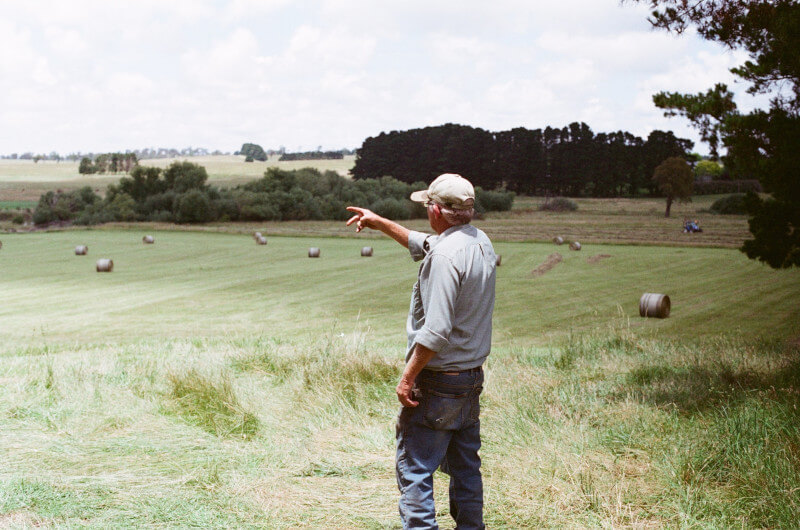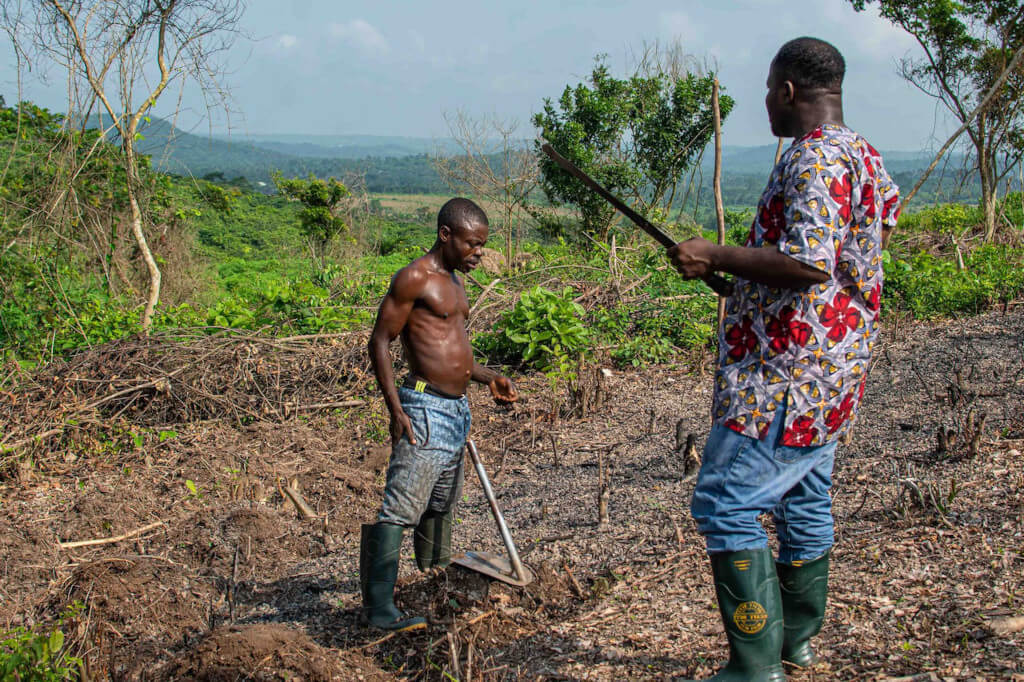Very few people in South Africa at the time of its dawning democracy probably imagined that the country would still be struggling with the problem of “two agricultures” some three decades later.
In South Africa, black farmers make up fewer than 10% of the agricultural workforce, according to recent studies.
The inclusion of black farmers in corporate manufacturing and supply chains has led to positive changes. However, due to a number of circumstances, the gap between industrial agriculture (dominated by whites) and subsistence farming (dominated by blacks) has become wider. The private sector is often singled out for criticism. However, we find this to be an inadequate justification.
Several factors have kept black farmers’ share of agricultural output relatively stable. Land reform is just one example of a government plan that has been poorly and slowly implemented due to issues like inadequate policy execution, ineffective programmes, bureaucratic delays, and a lack of internal coordination.
We contend that South Africa’s agriculture cannot continue along its current dualistic farming framework. On the other hand, good policymaking and the correct incentives are important given the persistence of duality in South African agriculture and the many causes contributing to it.
Large Budgetary Initiatives Are Unnecessary
Why We’re Not Making Any Headway
To begin, the national and provincial governments have lacked direction and moved slowly when making decisions. This problem has been exacerbated by ineffective initiatives meant to help black farmers enter the commercial economy.
Insufficient use of available cutting-edge technology to maximise output. Since 1994, commercial farming output has increased by more than 100% in constant dollars. With the opening of new export markets made possible by South Africa’s participation in the global economy, technological innovation has played a significant role in this development.
The unsteady stability of the agricultural establishment. In South Africa, many farmer organisations continue to be founded along racial lines, leading to redundant efforts. This further cements the dichotomous structure.
There is a need for improvement in how the government and the private sector as a whole (commodity businesses, agricultural companies, farmer associations, etc.) work together. As a result, agricultural improvement efforts move at a glacial pace. Organisations representing farmers are unhappy with slow service and red tape. In certain cases, especially at the provincial and municipal levels, government officials do not back efforts to implement transformation projects. Thus, the most deserving and vulnerable farmers go unsupported.
Many state and local governments’ are incompetent in the agricultural sector. As a result, essential programmes meant to aid farmers are either poorly delivered or not delivered at all. Most notably, this is the case in the provinces of KwaZulu-Natal, Eastern Cape, Mpumalanga, North West, and Limpopo. Funding for programmes like CASP and extension as well as biosecurity for animals and water infrastructure. A lack of communication between Water Affairs, Environmental Affairs, Provincial Roads, and local governments has also contributed to this predicament.
Slow completion of urgently needed massive infrastructure projects ranks sixth. The Brandvlei Dam is a prime example of a neglected structure. However, an extra 33,000,000 cubic metres of water might be obtained by increasing the canal walls by 30cm over 4km at a cost of roughly R20,000,000. If this were to happen, there would be an increase of 4,000 hectares of irrigated horticultural in the region. In turn, this would have made it easier to include black farmers.
The inability of local governments to provide amenities like running water and electricity and to keep roads in good repair. As a result, the transaction costs of transporting agricultural products have skyrocketed, acting as a key barrier to the expansion of the agriculture sector. Because of this, efforts to shift focus to more lucrative horticulture have stalled.
Black farmers in South Africa possess a sizable portion of the country’s cattle herd. Many of them have been unable to achieve their economic goals due to the lacklustre execution of wildlife biosecurity systems and the implementation of legislation regarding disease management and the transportation of animals.
The Solutions

Rapid overhaul of the agricultural support system, centering on non-monetary actions, might significantly contribute to economic expansion. Examples of possible national-scale interventions include:
- The transfer of government-owned property to individuals who have a legal right to sell or transfer that property.
- Enhanced effectiveness of cattle sector and animal sanitation legislation. This would improve farmers’ access to markets and increase exports from communally owned land.
- Efficiency gains in the registration of novel agrochemicals and vaccinations that can boost agricultural output.
- modified procedures for picking recipients. The right horsemen for the land on the land question can be chosen with this.
- The “United Farmers’ Association of South Africa” should be the only farmers’ group recognised by the government and the only one to get funding.
- There’s room to grow land donations, too, but the state needs to do more to strengthen the incentives already in place.
- Because many farms in South Africa fall under the category of “micro,” the process must also take into account the fact that there are not many landowners who can contribute land. In 2017, over half of all commercial farms made less than R1 million in revenue.
The Reasons Why
There is strong evidence in favour of making every effort to better South Africa’s agricultural environment. Starting up commercial agriculture in South Africa’s poorest region is essential for several reasons. Among these are:
- The same amount of growth created outside of agriculture is just half as effective as growth in agriculture at reducing poverty.
- When it comes to alleviating poverty, agriculture is most effective for the poorest members of society and gradually loses its effectiveness as countries develop economically.
- In addition to alleviating poverty, agricultural expansion can improve other welfare indicators including food security and nutritional status.
Changes in agricultural productivity increase caused by broad acceptance of technologies are a significant source of the poverty-reducing advantages of agricultural expansion. As a result, both producer profits (and available wage labour) and retail prices fall.




